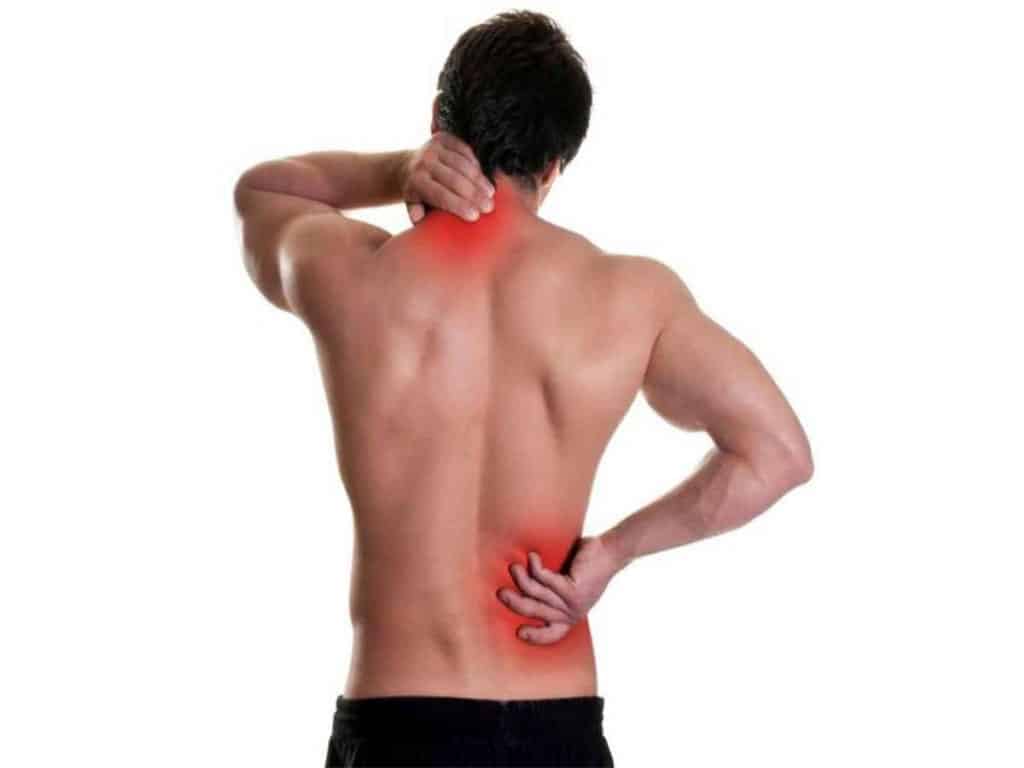
When it comes to managing pain and improving muscle function, there are various options available. Two commonly used techniques are Neuromuscular Electrical Stimulation (NMES) and Transcutaneous Electrical Nerve Stimulation (TENS). While NMES and TENS involve electrical stimulation, they serve different purposes and have distinct mechanisms of action. Mainly, the former treats muscle weakness, which is why it directly targets the muscles through motor nerves. Meanwhile, the latter treats various pains by targeting the sensory nerves.
The healthcare industry has been using electrical stimulation for many years to alleviate pain and promote muscle contraction. NMES, as well as TENS, are two popular forms to utilise for therapeutic purposes. People often confuse them due to their similar use of electrical components. However, it is important to differentiate between these techniques to ensure that they choose the appropriate treatment for their specific condition. The article will present the differences between the two in their functionality, features, and pricing.
NMES and TENS: Difference in Functions
NMES and TENS are both electrical stimulation therapies for pain relief and muscle function improvement. However, they differ in their functions and applications. NMES aims to strengthen muscles and facilitate muscle re-education. It involves delivering electrical currents directly to the muscles. As a result, it causes involuntary muscle contractions and promotes muscle strengthening and rehabilitation.
On the other hand, TENS primarily focuses on pain relief by inhibiting pain signals. It involves delivering low-voltage electrical impulses to sensory nerve fibres, which block the pain signals from reaching the brain. Moreover, it can boost the production of endorphins, which are the natural painkillers of the body. Hence, people can feel more at ease during and after the therapy.
In summary, NMES strives to improve muscle strength and function through contractions by stimulating the motor nerves, while TENS mainly deals with reducing pain sensations by stimulating the sensory nerves. Both therapies offer effective stimulation and can be valuable tools in physical therapy and sports medicine. They provide symptomatic relief and advance muscle recovery and movement.
What Can Be Treated
The following are the types of pain and conditions the therapies can treat:
NMES
- It can prevent muscle atrophy. Also, it assists in restoring muscle function in conditions such as weak muscles or after injury or surgery.
- NMES can strengthen muscles and facilitate muscle re-education.
TENS
- It can manage chronic pain, muscle spasms, and muscle tension. It provides symptomatic relief without causing muscle contractions.
- TENS can treat migraines, osteoarthritis, tendonitis, bursitis, facet syndrome, and lower back pain.
Both of them are used in physical therapy and sports medicine. Moreover, people can use the two electrical stimulation techniques in conjunction with other therapeutic modalities.

NMES and TENS: Difference in Features
When it comes to pain relief and muscle stimulation, NMES and TENS offer unique features. The features of an NMES device include electrode pads, an output controller, and a pulse generator. People place pads on the area of the body part that needs stimulation. The output controller sets the current strength and duration. A pulse generator creates electrical pulses which then travel through wires connected to the electrodes.
Meanwhile, TENS devices also use electrodes to deliver electrical pulses. However, they do not require a pulse generator as there is already one built into the device itself. Moreover, TENS units are usually smaller and more portable than NMES devices. This makes them easier to use and transport for physical therapy sessions.
In conclusion, the two offer distinct features and applications in the realm of pain relief and muscle stimulation. Nevertheless, both techniques provide non-invasive and drug-free alternatives for individuals seeking reduction of pain and improved muscle function. Whether it is muscle strengthening or chronic pain management, NMES, as well as TENS, offer effective stimulation options with their unique features.
Levels of Intensity
Levels of intensity are an important aspect of the two electrotherapies. It determines the strength of the electrical stimulation. Individuals can adjust it to suit their needs. It is crucial to find the right level to achieve optimal results. Too low of an intensity may not provide enough stimulation, while too high of an intensity can be uncomfortable or even painful.
Physical therapists and trained professionals can help determine the appropriate level based on their condition and goals. However, it is essential to always start with a lower level and gradually increase it to a comfortable and effective level. This prevents sudden shocks and discomfort.

NMES and TENS: Difference in Cost
The demand for NMES and TENS is increasing due to their efficient functionality. However, they differ in terms of cost. NMES is often used in rehabilitation settings and by athletes to stimulate muscle contraction and increase blood circulation. Hence, NMES devices are typically expensive due to their advanced technology and precise control of electrical currents.
On the other hand, therapy centres use TENS to reduce muscle and joint pains. TENS devices are generally more affordable and accessible compared to NMES devices. The system of the former is less complex than that of the latter. TENS units are available for purchase in-store or online at an inexpensive price. This makes them a popular choice for those seeking affordable pain management options.
In general, the price of an NMES machine can range from $200 to more than $1,000. Meanwhile, a TENS machine can range from $20 to $300. The cost depends on their overall quality and features. Either way, it is important to consult with a licensed therapist or healthcare professional to determine which option is best suited to individual needs and specific pain conditions.
Contributing Factors to Price
Several factors contribute to the price differences between the two devices. Firstly, NMES devices use a higher level of sophistication and functionality. Consequently, it results in a higher price tag. Secondly, NMES devices are often used by licensed therapists in facilities. This requires them to meet certain healthcare standards, further driving up the cost.
Lastly, TENS devices are simpler in design and function. The technology in TENS devices is less complicated, making them more affordable to manufacture and purchase. Moreover, TENS devices are commonly used for personal pain management at home without needing professional guidance or intervention. This contributes to their lower price point.
Conclusion
Overall, both NMES and TENS use electrical stimulation, but they have distinct applications and effects on the body. By understanding the differences between the two therapies, individuals can make more informed decisions about which method is most suitable for their pain management or muscle rehabilitation needs. NMES is widely used by therapists and athletes to improve overall muscle function. In contrast, many use TENS as a general pain reliever.
Additionally, their differences result in a variation in their price range. The advanced technology, healthcare standards, and professional use associated with NMES devices contribute to their higher price, while the simpler design and personal use of TENS devices keep their price more affordable. People should weigh the pros and cons of each machine. In addition, they must consult with a doctor to further help them understand which is more suitable for their needs.







